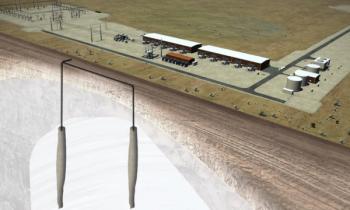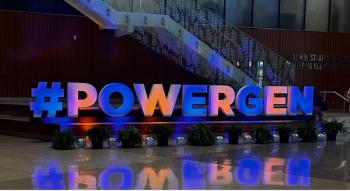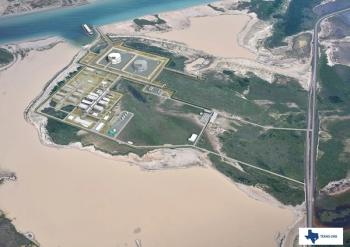
Liquid vs. gas sealing system
The function of a gas seal system is naturally the same as a liquid seal system. The function of a fluid seal system, remembering that a fluid can be a liquid or a gas, is to continuously supply clean fluid to each specified seal interface point at the required differential pressure, temperature and flow rate. Therefore, one would expect the design of a gas seal and a liquid seal to be very similar, which, in fact, they are. Then why are their systems so different?
Liquid vs. gas
A gas seal system is simplified in compressor applications over a liquid seal system, merely because the gas seal utilizes the process fluid. This is exactly the same case for a pump. By using the process fluid and not a liquid, one can eliminate the need for a liquid supply system and the need for a contaminated liquid (sour oil) drain system.
The following major components are eliminated:
- Seal oil reservoir
- Pumping units
- Exchangers
- Temperature control valves
- Overhead tank
- Drain pot
- Degassing tank
- All control valves
- A significant amount of instrumentation
Referring back to the function definition of the gas seal system, all requirements are met. ‘Continuously supplying fluid’ is achieved by utilizing the discharge pressure of the compressor. The requirements for ‘specified differential pressure, temperature and flow rate’ are met by the design of the seal itself, which can accommodate high differential pressures, high temperatures, and is sized to maintain a flow rate that will remove frictional heat necessary to maintain seal reliability. The only requirement not met is that of supplying a clean dry fluid, and this requirement is met by using a dual system coalescing filter.
When one considers all the advantages, the next question to ask is, ‘Okay, what are the disadvantages?’ Naturally, there are disadvantages. However, proper design of the gas seal system can minimize and eliminate many of these. Do not forget that the requirements for any system mandate proper specification, design, manufacture, operation and maintenance. One can never eliminate these requirements in any critical equipment system.
Considerations for system design
There are disadvantages to a gas seal system, which are not insurmountable but must be considered in the design of such a system. These considerations are as follows:
- Sensitivity to dirt
- Sensitivity to saturated gas
- Lift-off speed
- Positive prevention of toxic gas leaks to atmosphere
- Possible oil ingestion from the lube system
- ‘O’ ring (secondary and components) design and maintenance
If all the above considerations are incorporated in the design of a gas seal system, its reliability has the potential to exceed that of a liquid seal system and the operating costs can be reduced.
One must consider that the relative reliability of gas and liquid seal systems is a function of proper specification, design and other factors. A properly designed liquid seal system that is operated and maintained can achieve reliabilities comparable to a gas seal system. Also, when one considers the operating costs of the two systems, various factors must be considered.
While the loss of costly seal oil is positively eliminated, with a gas seal system (assuming oil ingestion from the lube system does not occur) the loss of process gas, while minimal, can be expensive. It is argued that the loss of process gas from a liquid seal system through drainer and degassing tank vents is also significant. While this may be true in many cases, a properly specified, designed and operated liquid seal system can minimize process gas leakage such that it is equal or even less than that of a gas seal.
There is no question that gas seal systems contain far fewer components and are easier to maintain than liquid seal systems. These systems will be used extensively in the years ahead. Therefore, existing liquid seal systems which cannot be justified for retrofit, or cannot be retrofitted easily, can be modified to minimize outward gas leakage and optimize safety and reliability.
Newsletter
Power your knowledge with the latest in turbine technology, engineering advances, and energy solutions—subscribe to Turbomachinery International today.




